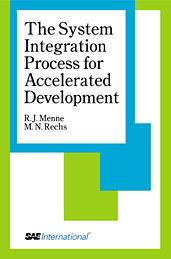Journal Article
Gas Bubble Development in Connecting Rod Supply Systems Caused by Oil Aeration
2020-09-15
2020-01-2163
This paper focusses on the supply conditions of a connecting rod bearing. Thereto, a novel simulation approach is presented, which is based on a transient 3D-CFD multiphase flow simulation including the ability of gas dissolution and diffusive mass transfer. The model determines the pressure behavior and the gas bubble development in the oil supply system of a connecting rod bearing. It allows to visualize the flow behavior and the existence of gas bubbles in order to get a detailed impression of the physical occurrences. The experimental results from Maaßen [5], where a big gas bubble is formed in the supply bore by gas cavitation, are confirmed and used for validation. Further the flow behavior of free air ratios is investigated. The paper concludes that the supply conditions of a connecting rod bearing are strongly influenced by the gas bubble in terms of the fluid composition and the volume flow rate at the connecting rod bearing inlet.

